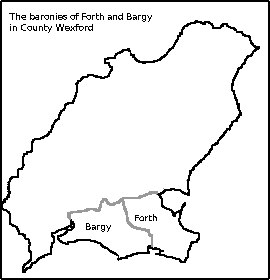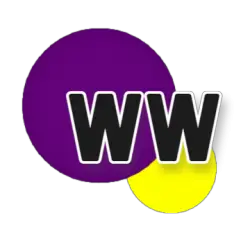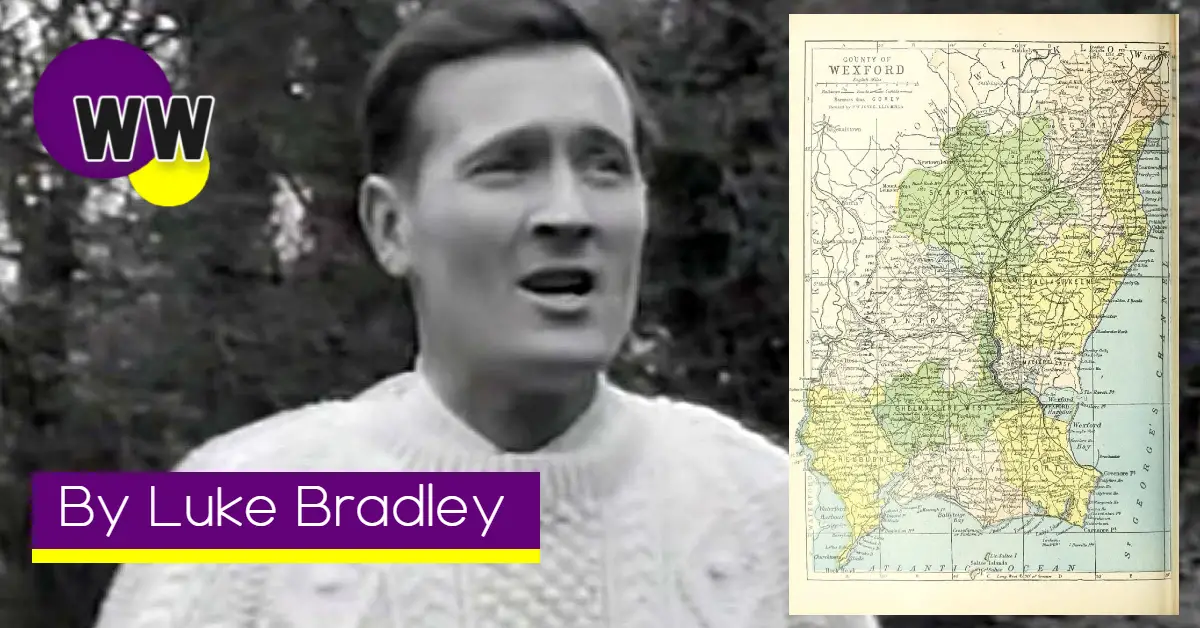The Wexford dialect has been extinct for some time, but its legacy lives on…
Like many stories in Wexford history, this is one that begins in 1169. If that year is familiar, that is because this was the year the Anglo-Norman armies first stepped foot in the Model County. The course of Irish history was irrevocably altered, and the seeds were sown for a brand-new dialect. It was a combination of Middle English, Anglo-Norman, Old French and Irish. It is known today as the Forth and Bargy dialect, named after the baronies in which it was spoken. It is also known as Yola, a word that translates to ‘old’ in the language.
In early May of 1169, an Anglo-Norman force led by Robert FitzStephen landed in Bannow, County Wexford. Invited by the deposed King of Leinster, Dermot MacMurrough, to help regain control over his former lands, the Anglo-Normans were dead set on conquering Ireland’s south-east.
Before long, they met up with another Anglo-Norman group and set their sights on Wexford Town. There they laid siege, only stopping after two bishops persuaded the townspeople to surrender to the Anglo-Norman invaders.
With them the Anglo-Normans brought military prowess, innovative fortifications and a new way of speaking. Many of them spoke Middle English, a language that gained prominence as the Anglo-Normans’ influence grew. As communities of Flemish, French, Welsh and English-speaking settlers arrived in Wexford in the centuries that followed, the Forth and Bargy dialect developed as a hybrid of the newly-brought languages and locally spoken Irish.
The precise reason for Yola’s development is unclear, however, according to Sascha Santschi-Cooney’s informative book on the topic, which is aptly named The Forth and Bargy Dialect (2019), the origin of Yola can perhaps be tied to the geographic position in which it developed; the baronies of Forth and Bargy are geographically isolated from the rest of the country. Together, they make up the tail of the teddy bear that Ireland’s shape is often likened to.

Santschi-Cooney also points out that Forth Mountain provided the barony of Forth with much of its geographic protection, and that the rivers of Owenduff and Corock provided the same for the barony of Bargy.
The coastline around the baronies is locally known as ‘the graveyard of a thousand ships’. With its large quantity of rocks and sand banks scattered along the coast, the waters around the baronies are considerably dangerous, a fact that may have ensured the survival of the dialect as well as the conservation of the manners, dress, beliefs and customs of the natives of Forth and Bargy (Santschi-Cooney, 2019).
While influenced by Irish, the Forth and Bargy dialect sounded more like English to non-natives of the Forth and Bargy areas. In the seventeenth century, the governor of Wexford Colonel Solomon Richards noted that Yola is ‘more easy to be understood by an Englishman that never heard Irish spoken than by any Irishman that lives remote’.
Yola would go on to be spoken in Wexford for centuries following the arrival of the Anglo-Normans in Bannow in 1169. Unfortunately, a number of events and factors ensured its decline and eventual extinction.
The Cromwellian plantation of the mid-seventeenth century brought new settlers to the Forth and Bargy baronies. These people spoke Early Modern English, which differed greatly to Yola. This resulted in increasing numbers of locals ceasing to use Yola to communicate, as the new settlers could not understand the peculiar dialect (Santschi-Cooney, 2019).
In a similar vein to the decline of Irish, younger generations saw the limitations of Yola and began to use it less and less. By the end of the eighteenth century, Yola had all but vanished in the barony of Bargy. The expansion of Ireland’s rail network was another significant factor in Yola’s decline, as it brought increasing numbers of outsiders to the area.
By the mid-nineteenth century, Yola was almost exclusively spoken in a remote area in the extreme south-east corner of Forth. The last known native speaker of Yola is believed to have been Martin Parle of Carnsore Point, who passed away in his late eighties in the mid 1800’s.
The Yola language may be extinct today but it continues to live on in the everyday speech of Wexford locals. The most famous example would undoubtedly be the word ‘quare’, a Yola word meaning ‘very’ that is still commonly used by Wexford natives and even in parts of Carlow and Wicklow. Other examples include the word ‘fornint’ meaning ‘in front of’, ‘vanged’ meaning ‘sprained’ and ‘curky down’, which translates to ‘to stoop down’.
In a foreword to Santschi-Cooney’s book, Labour TD Brendan Howlin had this to say of Yola:
“When I use in common speech the word “fornint” (…) I am unaware that I am reaching back into the history of my family, the evolution of generations of the people who lived in this corner of our island. It is our story and not a story of isolation or exclusion. It is a story of embracing and mingling – enriching as we constantly redefine ourselves.”
_
Note: The primary reference used to compile this article was Sascha Santschi-Cooney and James Maloney’s book The Forth and Bargy Dialect.
Read also:
Contact us now to advertise via Wexford Weekly’s Christmas Campaign! Email our team at info@wexfordweekly.com


